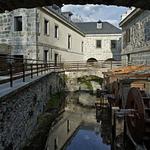Caroline & Antonio

Things To Do
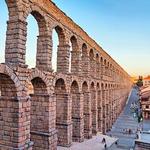
Roman aqueduct of Segovia
The Segovia Aqueduct is a Roman aqueduct that carried water to the Spanish city of Segovia until 1973. Its construction dates back to the beginning of the second century AD. At the end of the reign of Emperor Trajan or the beginning of the reign of Hadrian. The most visible, and therefore famous, part is the arcade that crosses the Plaza del Azoguejo.
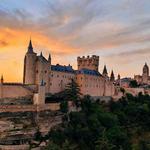
Alcázar de Segovia
The Alcázar of Segovia, which dates back to the early 12th century, is one of the most famous medieval castles in the world1and one of the most visited monuments in Spain. Twenty-two kings have passed through its rooms, as well as some of the most prominent characters in history.
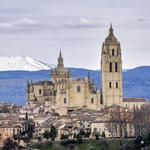
Catedral de Segovia
The Holy Cathedral Church of Our Lady of the Assumption and San Frutos of Segovia, known as the Lady of the Cathedrals for its dimensions and elegance, is a cathedral built between the sixteenth and eighteenth centuries, in Gothic style with some Renaissance features. The Cathedral of Segovia is one of the latest Gothic cathedrals in Spain and Europe, erected in the 16th century (1525-1577), when Renaissance architecture was spreading throughout most of Europe.
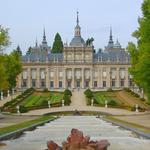
Royal Palace of La Granja of San Ildefonso
The Royal Palace of La Granja de San Ildefonso (Spanish: Palacio Real de La Granja de San Ildefonso), known as La Granja, is an early 18th-century palace in the small town of San Ildefonso, located in the hills near Segovia and 80 kilometres (50 mi) north of Madrid, within the Province of Segovia in central Spain.
